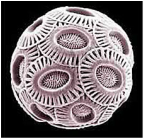
The big action in climate change is in the oceans and largely un-noticed by us. Half of the oxygen we breathe comes from phytoplankton and these tiny creatures are under threat. As CO2 in the atmosphere has increased by 40%, from 280 ppm to 400 ppm, much of it is absorbed by the ocean and this has made the sea water 30% more acidic. Phytoplankton have a calcium carbonate structure which is very susceptible to a more acidic environment and is affecting their reproduction.
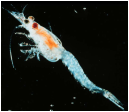
Humans get 25% of their food from the sea and the oceans are fundamently important to our whole existence.




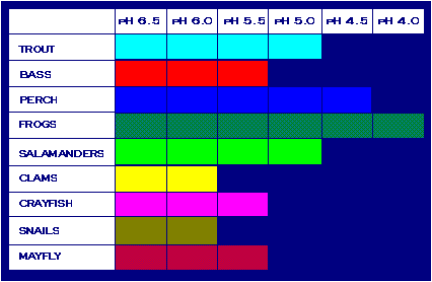
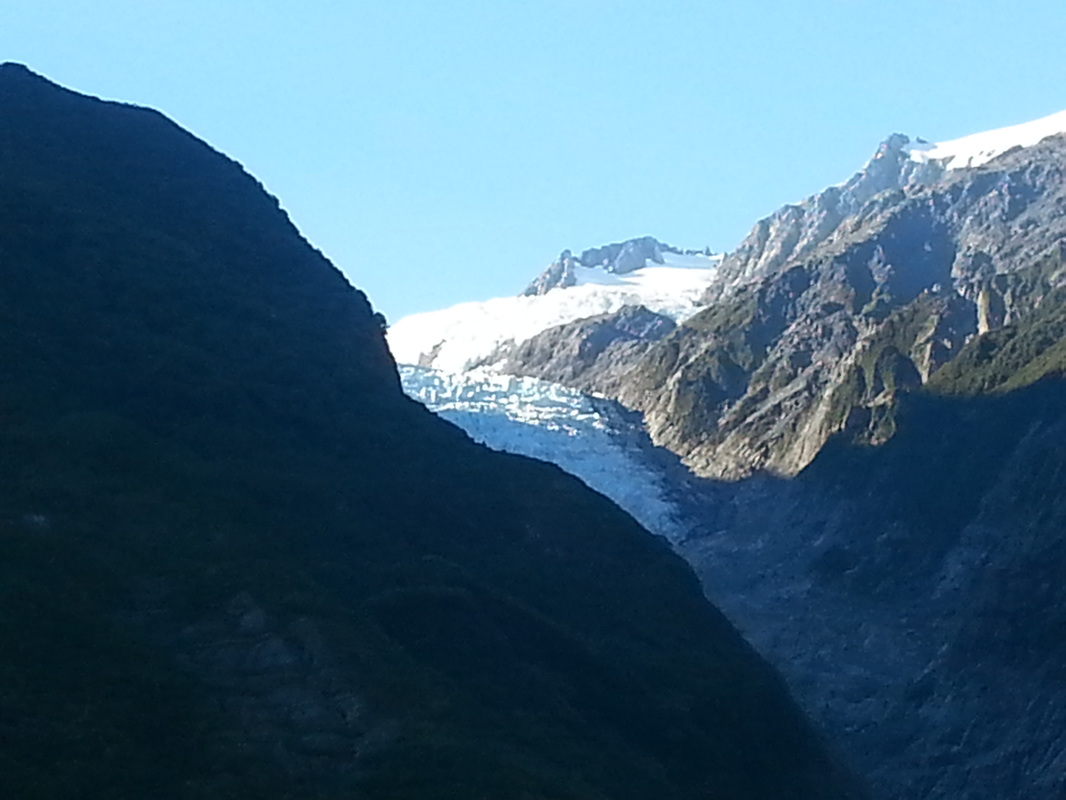
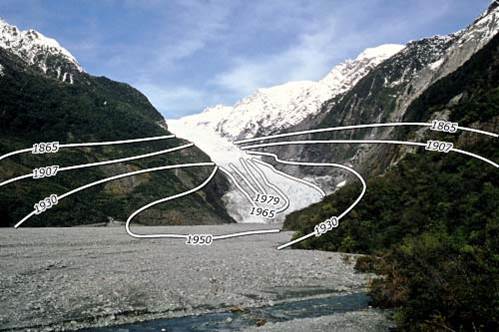
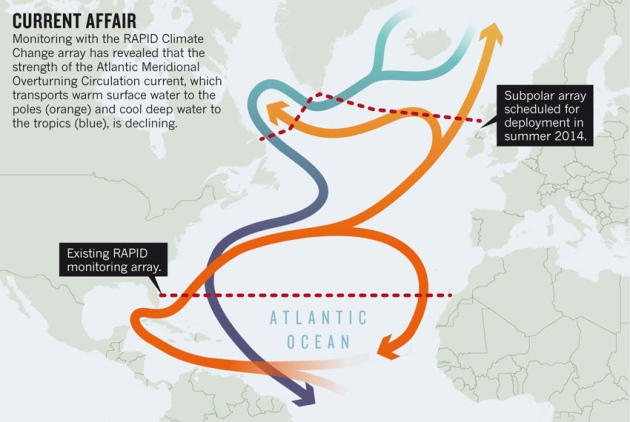
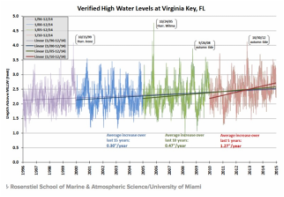
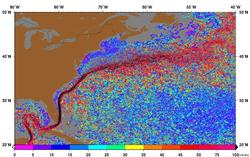
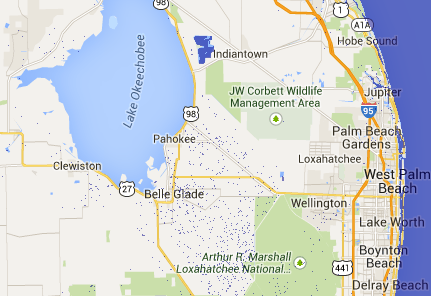
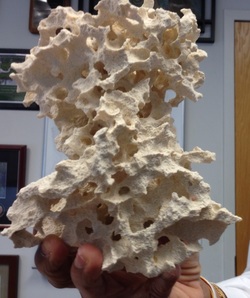
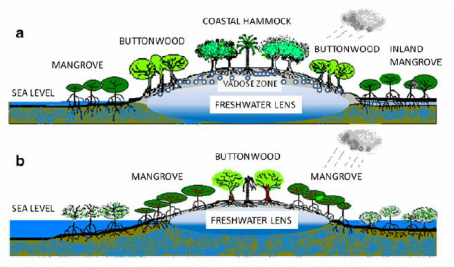
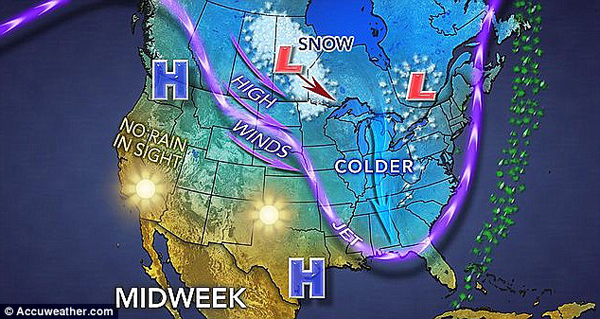
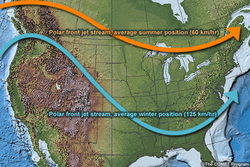

 RSS Feed
RSS Feed